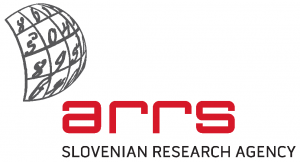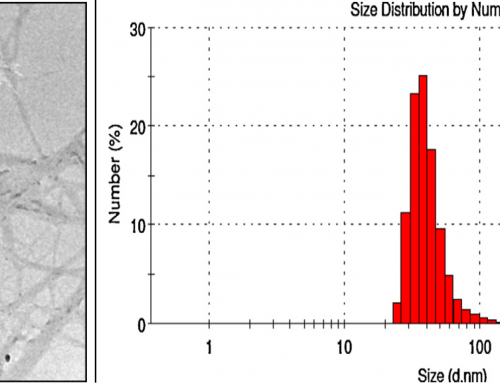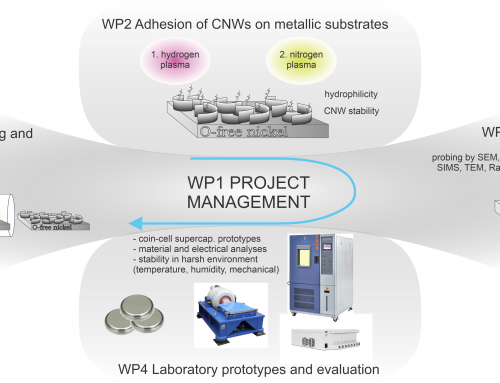Removal of selected antimicrobials by plasma-cavitation hybrid technology from water matrices of varying complexity – CAUSMA (J2-4480)
Project Leader: Asst. Prof. Dr Martin Petkovšek (University of Ljubljana, Faculty of Mechanical Engineering)
Investigator: Asst. Prof. Dr Gregor Primc (Jozef Stefan Institute)

Parallel to the growth of the world population and its standard of living, environmental pollution is also increasing. One of the most pressing global problems is the increasing pollution of surface and groundwater, which is leading to a worldwide shortage of water sources. Over the past decade, enough evidence has accumulated to show that pharmaceuticals are constantly entering the aquatic environment through wastewater treatment plants and affecting the receiving aquatic compartments. The problems are exacerbated when hospital wastewater containing high concentrations of various antimicrobials, including antibiotics, is discharged directly into sewage systems.
The relevant authorities in the European Union have become aware of this problem and have drawn up a list of priority substances whose emissions need to be closely monitored. The data collected under this initiative will lead to stricter legislation by establishing acceptable environmental concentrations for these compounds in wastewater discharges. Pharmaceuticals have become an indispensable part of our lives, and since their use is not going to decrease anytime soon, this will only increase their impact on the environment. The situation seems almost intractable, and it is not clear how it could be satisfactorily resolved in the near future. The most adequate solution is to upgrade the existing wastewater treatment processes with alternative processes.
In line with the EU concepts for clean and sustainable wastewater treatment, the proposed Causma project will focus on providing an alternative, environmentally friendly and economically acceptable water treatment technology. Advanced oxidation processes are a powerful tool to achieve oxidation and even mineralization of many hazardous pollutants in water matrices of different complexities, ameliorating their detrimental environmental impact. In the proposed Causma project, we will investigate the effectiveness and efficiency of two advanced oxidation processes, hydrodynamic cavitation and non-thermal plasma. Although the effectiveness of both processes has been demonstrated, there is little or no data on their effects on various pollutants in combination. The Causma project will fill this major gap by innovatively combining the processes into a hybrid technology. In combination, the oxidation potential of the technology will be maximized with minimal energy input. The effectiveness and efficiency of the individual processes and their coupling will be investigated for the pharmaceuticals, particularly antimicrobials from the priority list: erythromycin, clarithromycin, azithromycin, amoxicillin, ciprofloxacin, sulfamethoxazole and trimethoprim. To determine the beneficial effects, the selected compounds will be investigated in MilliQ water and finally on real hospital wastewater samples.
We believe that the combination of hydrodynamic cavitation and non-thermal plasma can provide a treatment technology that is simple, environmentally friendly, economically feasible, robust and easily scalable.





